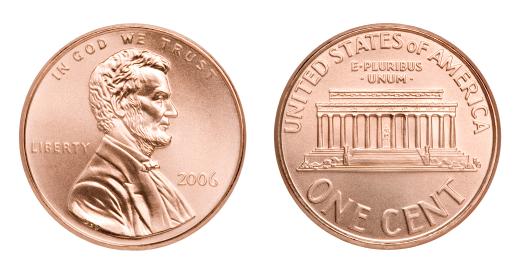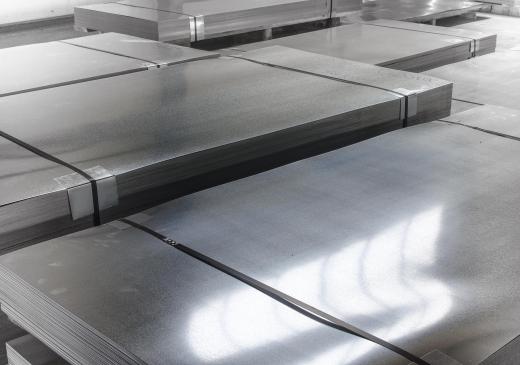Hubbing is a machining process used to makes metalworking dies. Using hubbing techniques, workers can create a mold or stamp that is then used to form new dies. While this process is commonly associated with metalworking, it may also be used to create dies to shape or form thermoplastics and ceramic pieces.
Metalworkers rely heavily on stamps, or dies, to form and shape metal. They may use a male die, which has raised elements along the surface so that it can be used to press or stamp metal. These workers also use female dies, which have designs and patterns sunken into the surface so they can be used as a mold. Hubbing specifically refers to the process of creating female dies that are used to form and shape molten metal until it hardens.

During hubbing, workers start by creating a male die. This die is created using a lathe or metal machining tools, and must feature a mirror-image or the final desired pattern or design. By heating a second piece of metal and pressing the male die against it with great force, workers create female dies with the reverse image of the male die. This female die is then cleaned or milled as needed to remove any remaining metals and create a clear image.
The same male die may be used to create many female dies during the hubbing process. It may also be kept in storage for future die creation. Typically, these dies require cleaning and milling in between uses to clarify and preserve the image.

Traditionally, workers were forced to create female dies by carving or milling them out of a solid piece of metal. Hubbing makes it easier and faster to create these dies, and results in more consistent images. Using a single die, workers can create dozens or even hundreds of identical female dies for casting or molding. This not only improves overall quality control, but also cuts the cost of producing these dies, and allows multiple dies to be completed in a short period.
Hubbing is commonly used to make molds for coins. Coins that are double-sided or stamped with a reverse image are often the result of a mistake during hubbing. This process is also used to make dies for jewelry, tools, and consumer goods. Hubbing may also be used to create molds for metal signs, or for stamped or embossed metal objects.
